Study findings could be the ‘first step’ toward developing a labeling scheme for fishing ropes
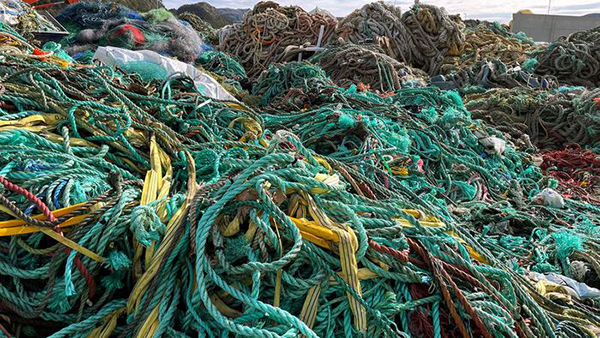
A study from the Norwegian University of Science and Technology (NTNU) estimates that approximately 383 tons of fishing ropes are lost annually in Norwegian waters, endangering fish species. Furthermore, the findings indicate that only one-third of the rope types can be efficiently recycled using available recycling technologies, highlighting the need for circularity. It’s the first scientific estimate of how much fishing rope is lost and examines how the Norwegian fisheries sector handles ropes.
Lost fishing lines and ropes are a growing problem. As a leading fishing nation, Norway, with its long coastline and fish-rich waters, is particularly vulnerable to marine litter. According to the study, most fishing ropes are burned, buried or sent out of the country – or just pile up and contribute to ghost fishing. That’s when lost or abandoned fishing gear, floating in the ocean or anchored to the bottom, inadvertently continues to catch marine creatures long after it was in commercial use.
“Norway is heavily dependent on the blue economy, and finding solutions is becoming increasingly urgent,” said Paritosh Deshpande, an associate professor at NTNU’s Department of Industrial Economics and Technology Management who studies plastic litter in the ocean. “Without the responsible handling of ropes, the fisheries sector will never be green or sustainable.”
The research team analyzed 15 types of rope widely used by professional fishermen in Norway and ranked the rope according to how easy or difficult it is to recycle. It aimed to develop new knowledge and tools that may contribute to less litter, more recycling and increased sustainability.
For several years, Deshpande collected data from Norwegian suppliers, manufacturers, dealers, fishermen, waste disposal sites, recycling companies and authorities. The collection was repeated several times to remove uncertainty and ensure that the data was accurate.
His research indicates that different manufacturers make the same types of rope and fishing gear, but in different ways and out of various materials. Many manufacturers don’t know exactly what kind of or how many different plastics their ropes contain. The methods vary, and imported raw materials may lack content labeling.
“If you buy a bottle of water, you can find out exactly how much calcium and magnesium it contains,” said Deshpande. “You don’t get this kind of information when you buy fishing rope.”
An overview of the 15 most used ropes shows what they are made of, how they are made, what they are used for and any special characteristics they have. The researchers divided the ropes into three categories, with easy-to-understand traffic light colors according to their recyclability.
The hidden cost of ghost gear lost by fishing and aquaculture
Deshpande said this could be the first step towards a labeling scheme whereby manufacturers divide ropes into categories. According to the researchers, labeling can contribute to used ropes being treated more as a valuable resource. Other measures may include research and innovation for more eco-design and recyclability, smarter return schemes, best-practice schemes for handling ropes and increased efforts to get plastic manufacturers to use recycled plastics.
“Manufacturers, fishermen, authorities, waste disposal sites and recycling companies: all of them can be part of the solution, and none of them can do it alone,” said Deshpande. “This also involves UN Sustainable Development Goal number 17, which is about us only being able to achieve the goals if we work together.”
Now that you've reached the end of the article ...
… please consider supporting GSA’s mission to advance responsible seafood practices through education, advocacy and third-party assurances. The Advocate aims to document the evolution of responsible seafood practices and share the expansive knowledge of our vast network of contributors.
By becoming a Global Seafood Alliance member, you’re ensuring that all of the pre-competitive work we do through member benefits, resources and events can continue. Individual membership costs just $50 a year.
Not a GSA member? Join us.
Author
-
Responsible Seafood Advocate
[103,114,111,46,100,111,111,102,97,101,115,108,97,98,111,108,103,64,114,111,116,105,100,101]
Tagged With
Related Posts
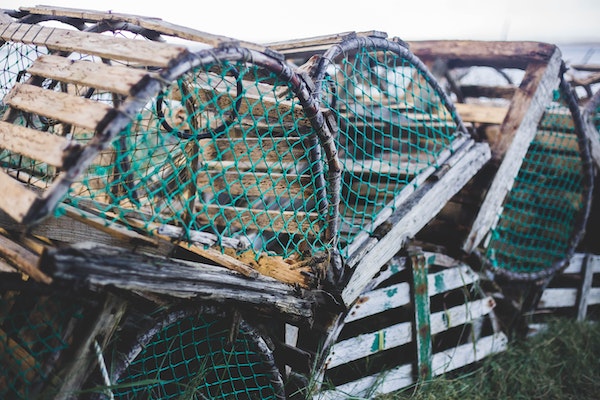
Responsibility
Study: Southwest Nova Scotia waters ‘littered’ with ghost fishing gear
Scientists hauled in almost 55,000 pounds of ghost fishing gear from the seafloor – an estimated economic loss of $240,000 yearly.
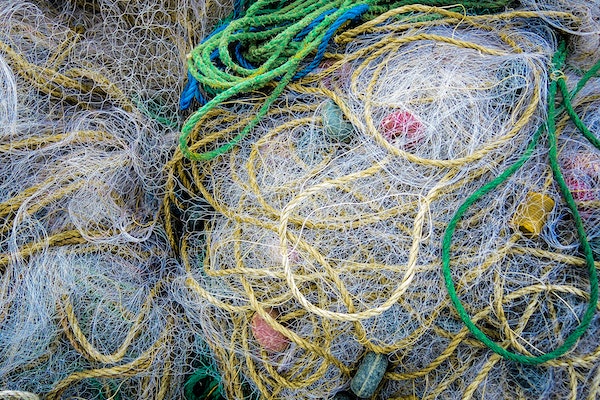
Responsibility
Can marine plastic from fisheries and aquaculture be upcycled into new things?
A SINTEF project is investigating how marine plastic used in fisheries and aquaculture can be turned into new products.
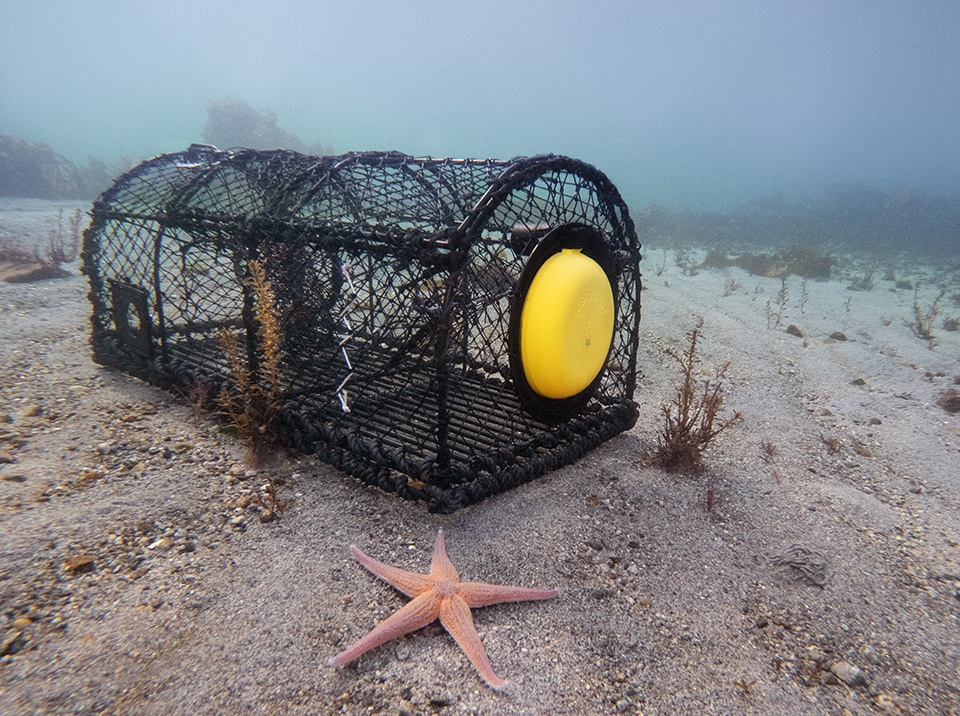
Fisheries
From reporting apps to floating traps: How technology tackles ghost fishing
The global ghost fishing problem has negative environmental and economic impacts, but new technology could help locate and retrieve lost fishing gear.
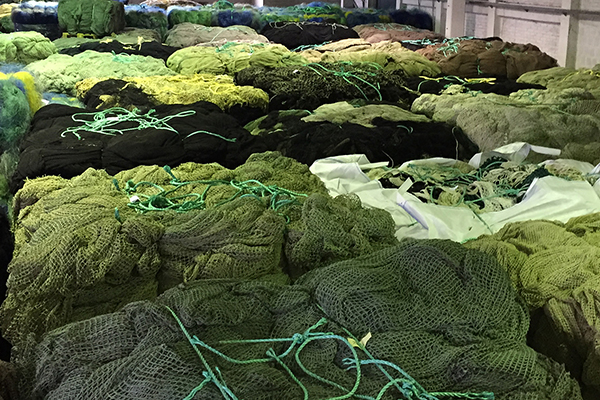
Responsibility
Egersund Net helps recycle 17,000 metric tons of discarded aquaculture equipment
Egersund Net has helped recycle 17,000 metric tons of aquaculture equipment over 12 years, saving an estimated 51,000 metric tons of CO2.



